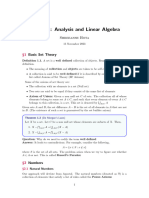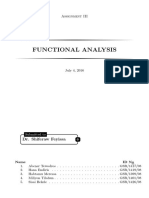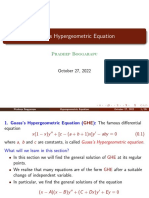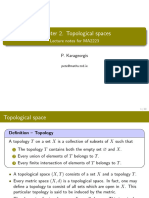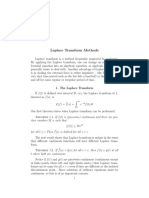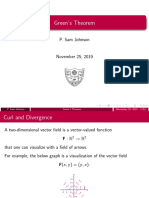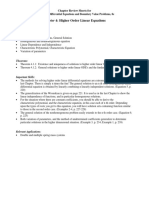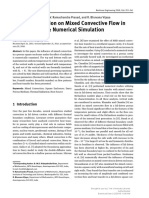0% found this document useful (0 votes)
547 views9 pagesBoyce/Diprima 9 Ed, CH 2.2: Separable Equations: Y X F DX Dy
1) This section discusses separable differential equations of the form dy/dx = f(x)g(y), which can be solved by separating the variables x and y and integrating both sides.
2) Example problems demonstrate solving separable differential equations, including both implicit and explicit solutions. Initial value problems are also considered.
3) The domain of the solutions is determined by identifying points where the derivative is undefined, corresponding to vertical tangents on the graph.
Uploaded by
Anonymous OrhjVLXO5sCopyright
© © All Rights Reserved
We take content rights seriously. If you suspect this is your content, claim it here.
Available Formats
Download as PDF, TXT or read online on Scribd
0% found this document useful (0 votes)
547 views9 pagesBoyce/Diprima 9 Ed, CH 2.2: Separable Equations: Y X F DX Dy
1) This section discusses separable differential equations of the form dy/dx = f(x)g(y), which can be solved by separating the variables x and y and integrating both sides.
2) Example problems demonstrate solving separable differential equations, including both implicit and explicit solutions. Initial value problems are also considered.
3) The domain of the solutions is determined by identifying points where the derivative is undefined, corresponding to vertical tangents on the graph.
Uploaded by
Anonymous OrhjVLXO5sCopyright
© © All Rights Reserved
We take content rights seriously. If you suspect this is your content, claim it here.
Available Formats
Download as PDF, TXT or read online on Scribd
/ 9











